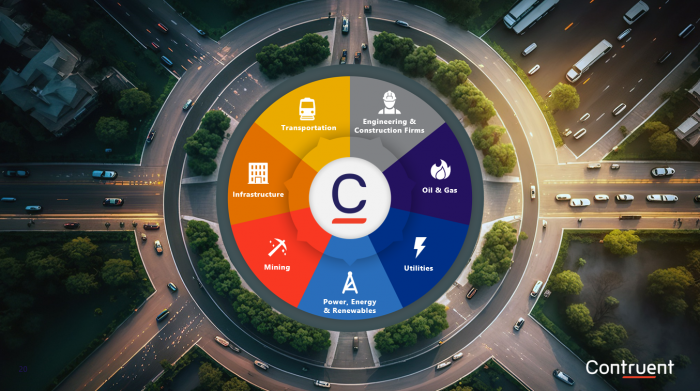Contractor A has a large construction project in the middle of nowhere. The logistics route from the nearest available port to the workfront is >1,500km long and in poor condition, and will have to carry something like 200,000 tonnes of plant, equipment & material.
Contractor B is tasked with (among other things) upgrading this logistics route.
Both contractors will be working in parallel, and for the same client.
It is expected that Contractor A will be hampered by the state of the logistic route in terms of:
-width & axle load restrictions limiting the size of vehicles able to use the route
-potholes, poor sightlines, congestion, etc limiting the speed with which they can get deliveries to site (and assuming they are limited on total number of trucks, hence total tonnage of delveries per day)
-some river crossing potentially becoming unpassable during the rainy season
All of the above problems for Contractor A should be gradually alleviated as contractor B progresses through his circa 24 month programme of roadworks.
What I'm struggling with is how best to model this gradual improvement in logistics for contractor A?
I could model it using one or more special logistics calendars, showing a gradual increase in effective working hours, or ammending the productivty rates over time for delivery resources.
But neither of these options would give me a dynamic solution. -i.e. if/when Contractor B starts running late on his roadworks, there would be no impact on Contractor B's programme, without heavy manual adjustment.
Can any of you think of a way to model this dynamically?
(We're using P6 on this job, so if Spider or Asta has some brilliant functionality that will solve this for me, that would be interesting to know yet ultimately not much help)
Also, I'm struggling with how best to write the contracts to protect the client from getting claims from Contractor A due to Contractor B's poor performance, without being able to make a similar claim against contractor B. -It's quite possible that Contractor B could finish his roadworks on time, but if he did the bulk of the work at the back end of the programme, Contractor A could still be adversely impacted in the early phase.
Having a key milestone with LDs attached to every single road & bridge would be a bit much I think.
Appreciate your thoughts...






Replies